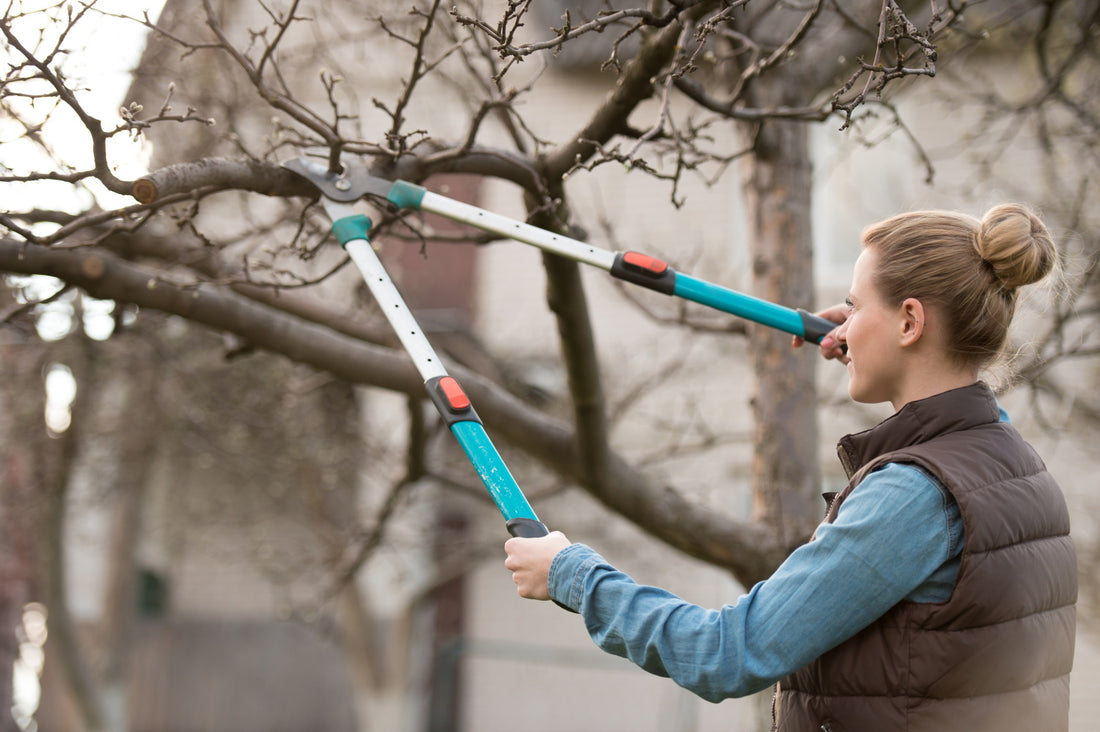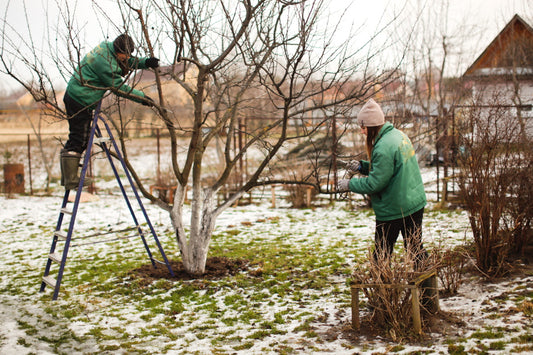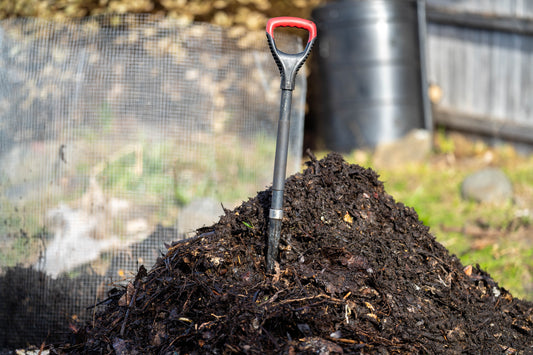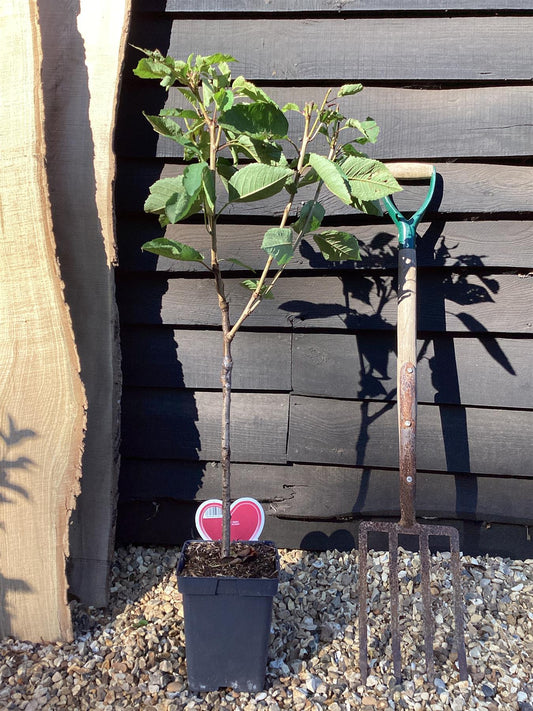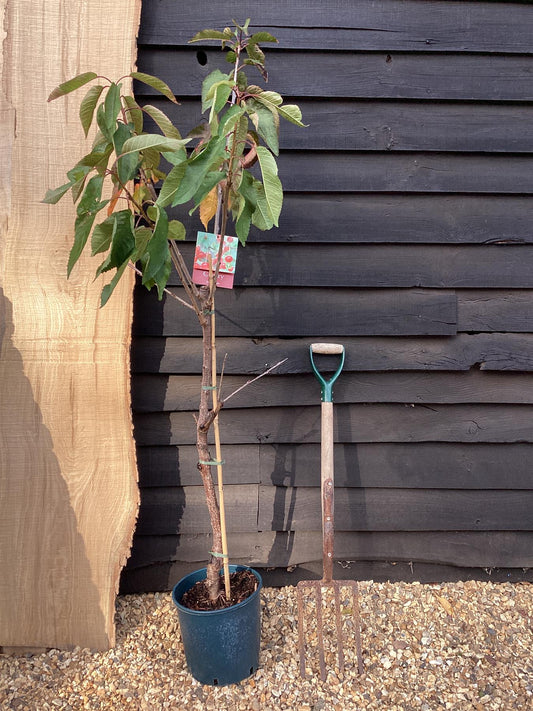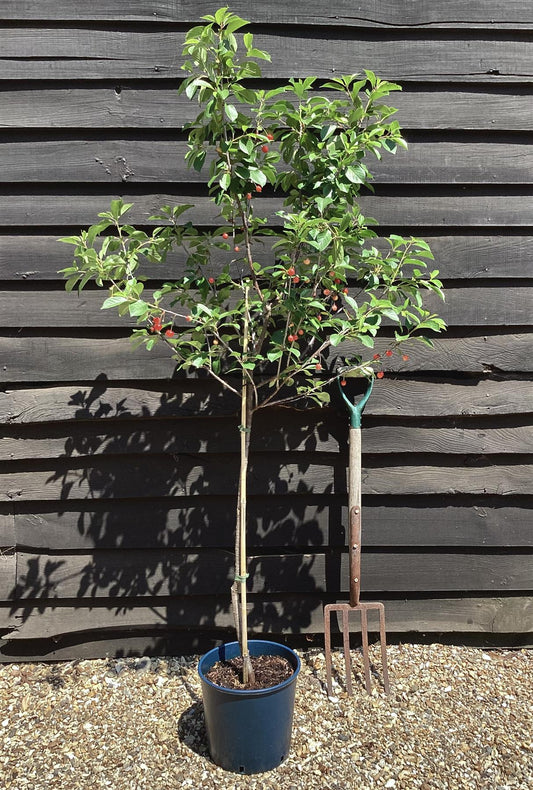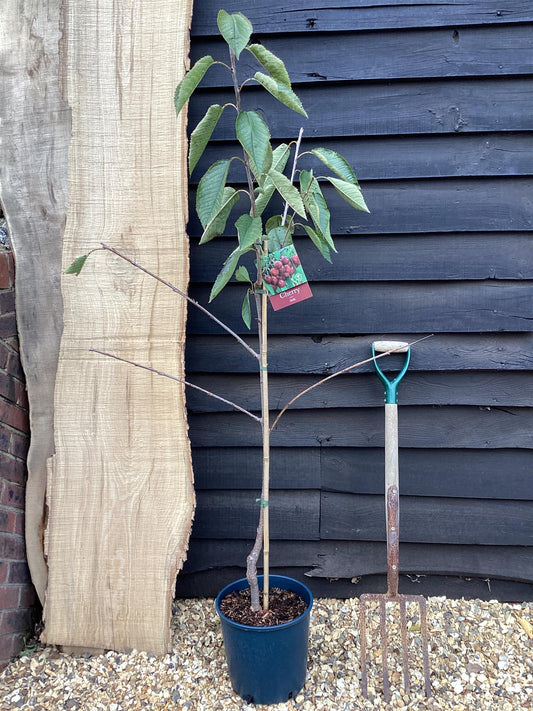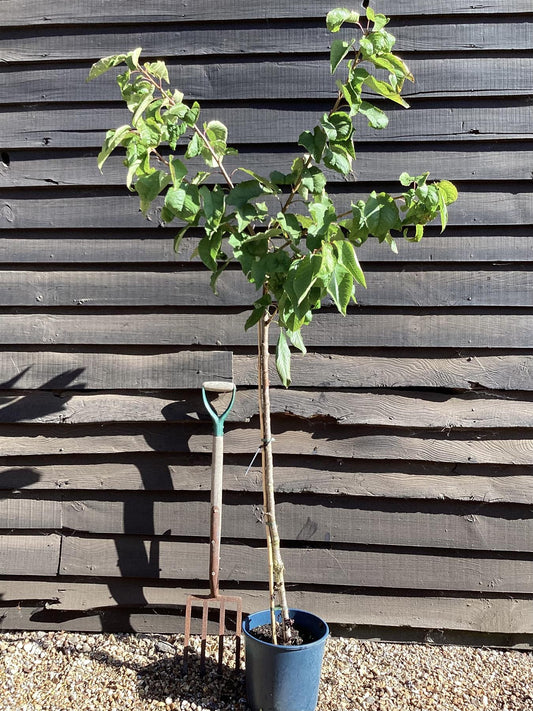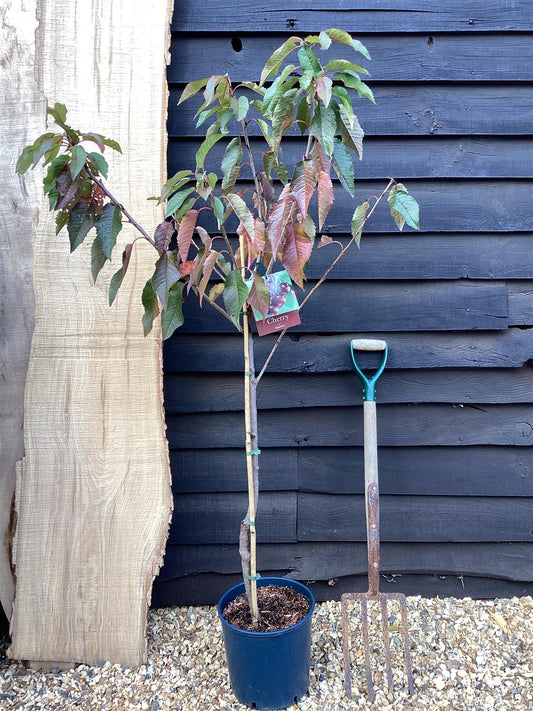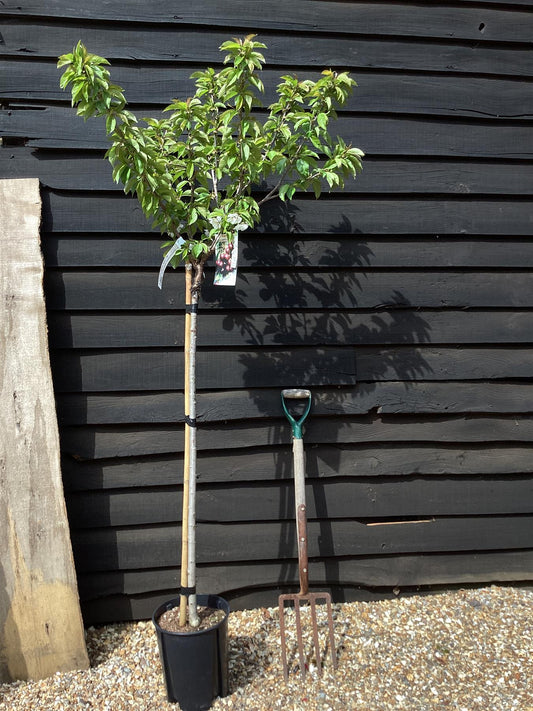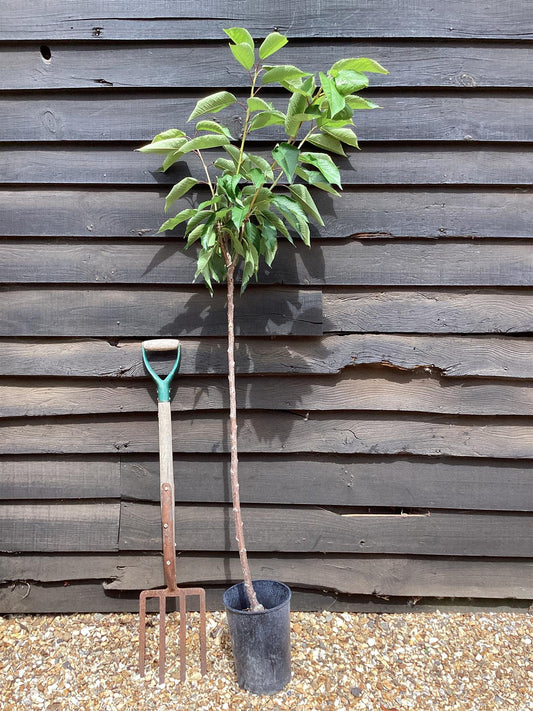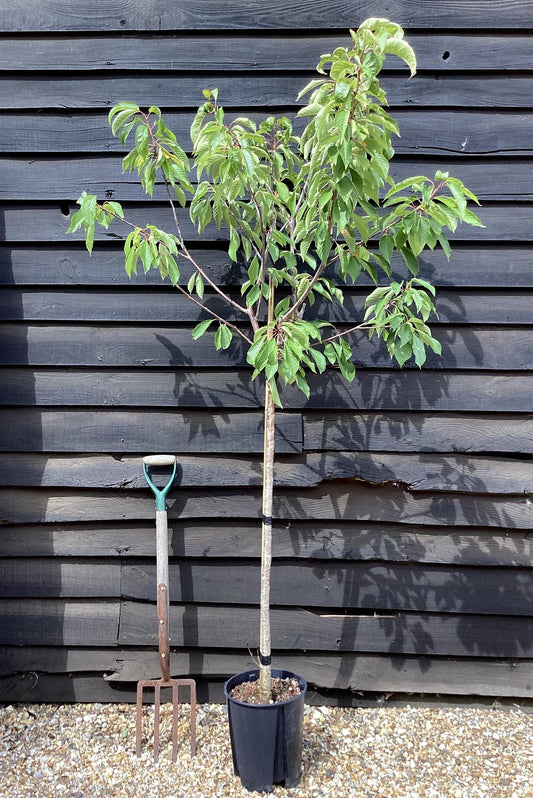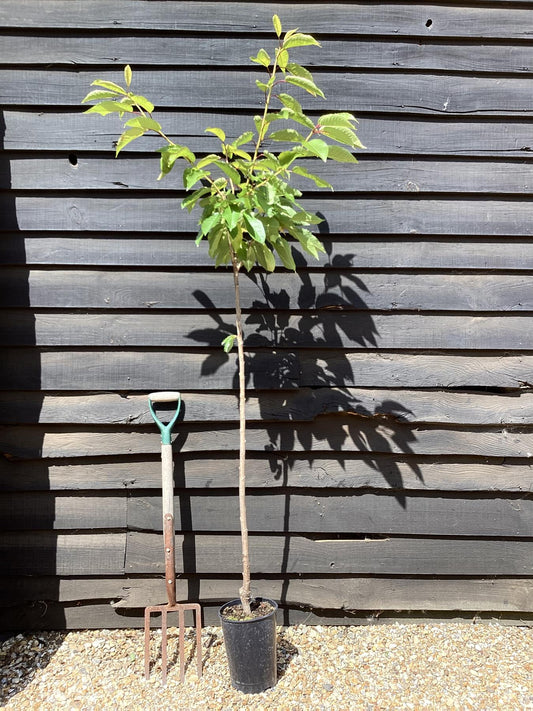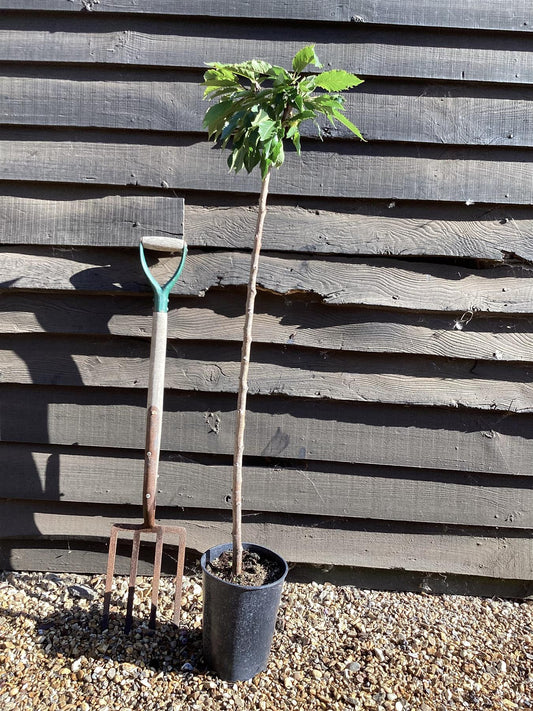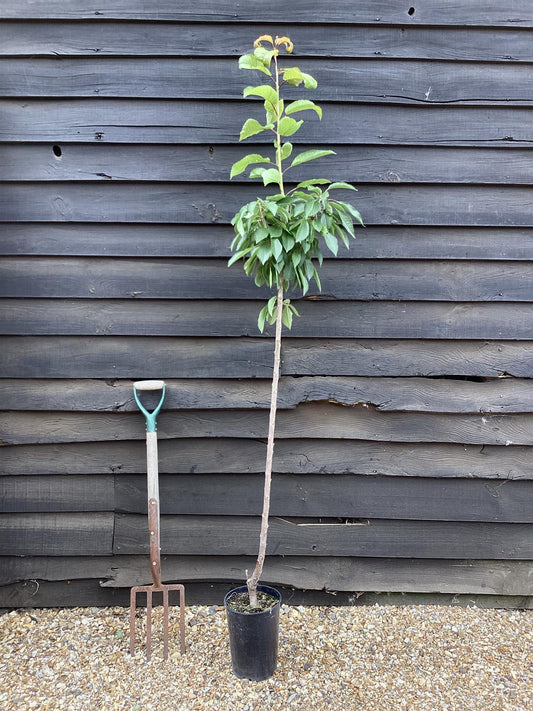Trimming a cherry fruit tree is an essential part of its maintenance and health. The process, known as pruning, not only influences the tree’s aesthetic appeal but also its fruit production and overall health. Pruning should be done during the dormant season, typically in late winter or early spring, to minimize disease risk and to allow the tree to heal before the growing season begins.
1. Understanding the Tree’s Growth Pattern: Cherry trees grow in two forms: sweet (Prunus avium) and sour (Prunus cerasus). Each has a slightly different growth habit and pruning requirements. Sweet cherry trees, often larger, are typically pruned into a vase shape to allow sunlight and air circulation. Sour cherry trees, more compact, are generally pruned into a central leader system, where a main vertical branch is the focal point.
2. Tools and Safety: Before starting, ensure you have the right tools. Use sharp, clean pruning shears for small branches and a pruning saw for larger limbs. Safety is paramount; wear gloves and safety goggles to protect from sharp branches and debris.
3. Basic Pruning Steps:
- Remove Dead or Diseased Wood: First, cut away any dead, dying, or diseased branches to prevent the spread of decay and to improve air circulation.
- Thin Out Overcrowded Areas: Identify areas where branches are overcrowded. Removing some of these will improve light penetration and air flow, essential for healthy fruit development.
- Cut Back Old Wood: Older wood often produces less fruit. Prune some of this back to promote growth of new fruiting wood.
- Shape the Tree: Maintain the overall shape of your tree – vase-shaped for sweet cherries and central leader for sour cherries. This step is important for the tree’s structural integrity and aesthetic.
4. Pruning Young vs. Mature Trees: Young cherry trees (1-3 years) should be pruned lightly to establish the desired shape. Mature trees require more aggressive pruning to maintain shape, encourage fruit production, and remove any unproductive wood.
5. Timing and Frequency: Prune cherry trees annually to maintain their health and productivity. The best time to prune is late winter or early spring before the sap starts to flow and the buds swell.
6. Aftercare: After pruning, ensure the tree is well-watered, especially if the weather is dry. Mulching around the base can help retain moisture and provide nutrients.
7. Monitoring and Maintenance: Regularly inspect your cherry tree for signs of disease or pest infestation. Prompt action can prevent most issues from becoming serious.
In conclusion, proper pruning is crucial for the health and productivity of cherry trees. By understanding the tree’s growth pattern, using the right tools, and following the basic steps of pruning, you can ensure your cherry tree remains healthy, aesthetically pleasing, and fruitful for many years. Regular maintenance and monitoring will also contribute to the tree's overall wellbeing.
At Arundel Arboretum we have a wide selection of fruiting and flowering cherry tree available all year round at the nursery and for delivery. Check out trees available at our online shop

